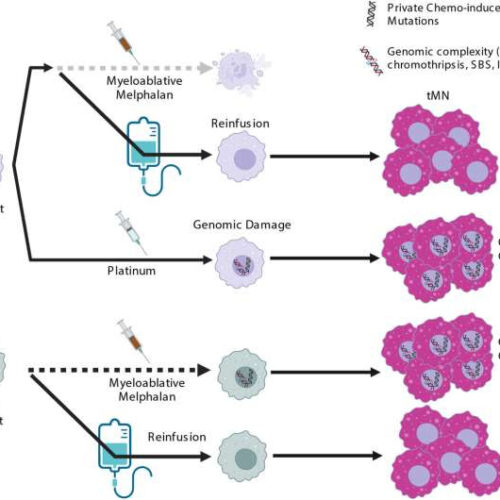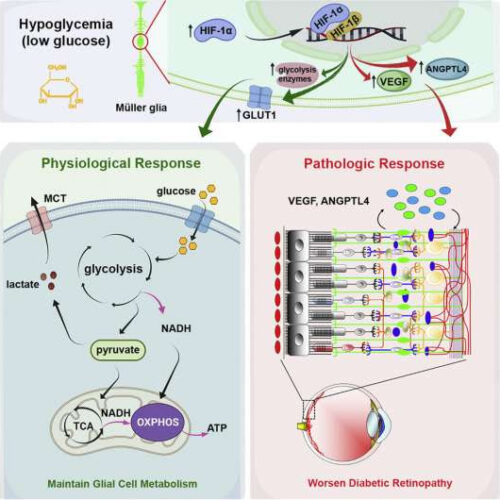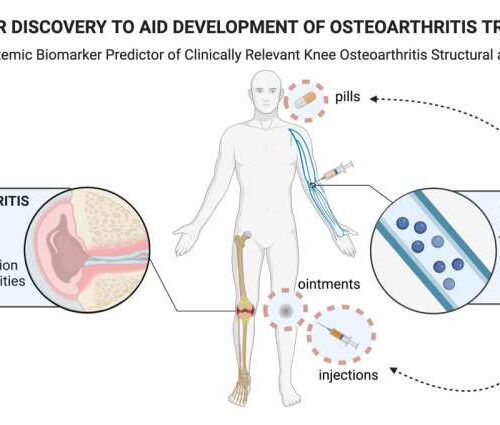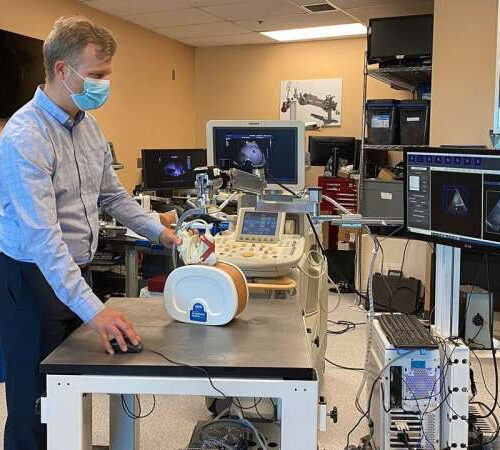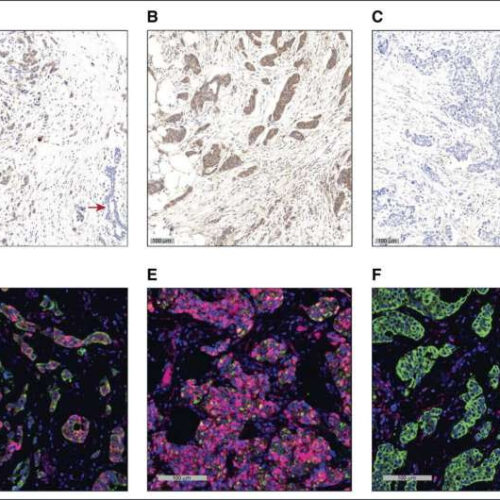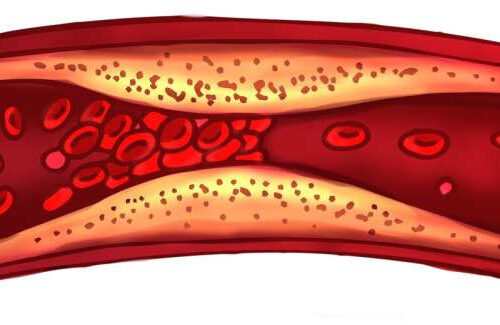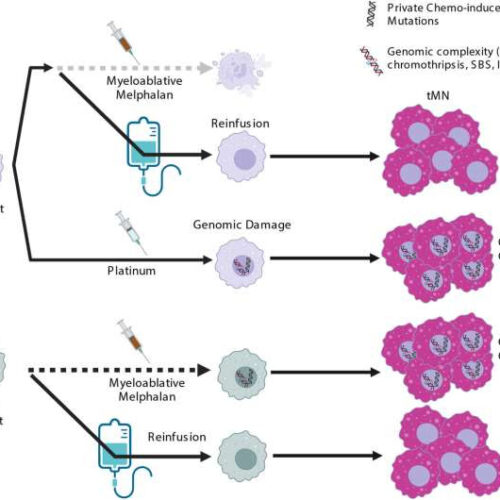by Sylvester Comprehensive Cancer Center Credit: Blood (2022). DOI: 10.1182/blood-2022-158992 Scientists at Sylvester Comprehensive Cancer Center at the University of Miami Miller School of Medicine have illuminated how treatments for multiple myeloma and other aggressive blood cancers can lead to future malignancies, called therapy-related myeloid neoplasms (tMNs). These findings from Sylvester’s Myeloma Research Institute highlight the importance of fully...
Researchers unravel why episodes of low blood sugar worsen eye disease in people with diabetes
by Johns Hopkins University School of Medicine Graphical abstract. Credit: Cell Reports (2023). DOI: 10.1016/j.celrep.2022.111976 People with diabetes who experience periods of low blood sugar—a common occurrence in those new to blood sugar management—are more likely to have worsening diabetic eye disease. Now, researchers at Johns Hopkins Medicine say they have linked such low blood sugar levels with a...
UCLA researchers identify possible approach to prevent cancer from evolving to resist treatment
UNIVERSITY OF CALIFORNIA – LOS ANGELES HEALTH SCIENCES IMAGE: DR. ROGER LO (STANDING). CREDIT: UCLA HEALTH A new clinical and preclinical study from UCLA Jonsson Comprehensive Cancer Center identifies the DNA roots of resistance to targeted cancer therapy, providing a possible strategy to address a vexing issue in cancer therapeutics. Results are published online ahead of print...
New zinc finger model shows promise for gene therapy
UNIVERSITY OF TORONTO IMAGE: PROFESSOR PHILIP M. KIM CREDIT: UNIVERSITY OF TORONTO Researchers at the University of Toronto and New York University have developed a novel technology that can engineer proteins to target any stretch of DNA in the human genome, opening a door toward gene therapies for a broader range of health conditions. The researchers fed data...
New blood test is more accurate in identifying osteoarthritis progression
by Duke University Medical Center A ‘Best-in-Class’ Systemic Biomarker Predictor of Clinically Relevant Knee Osteoarthritis Structural and Pain Progression. Credit: Duke Health A new blood test that can identify progression of osteoarthritis in the knee is more accurate than current methods, providing an important tool to advance research and speed discovery of new therapies. The test relies...
New spray fights infections and antibiotic resistance
by Chalmers University of Technology The antibacterial material, with peptides bound to hydrogel particles, works even in contact with body fluids such as blood. It can be sprayed directly into wounds without impairing healing or applied as a coating to catheters and implants to prevent infection, and to fight even multi-resistant bacteria. Credit: Chalmers University...
New 3D ultrasound may improve accuracy of liver cancer treatment
by University of Western Ontario Dr. Derek Cool demonstrating the new robotic 3D ultrasound system. Credit: University of Western Ontario A simulated study by researchers at Western University and Lawson Health Research Institute has found a new system that uses ultrasound to construct 3D-images could make treatment of liver cancer, using thermal ablation, more accurate. Liver cancer is among...
Scientists find new marker that predicts early recurrence of breast cancer
by Medical College of Wisconsin PD-L2 immunostaining in ER+ breast cancer. (A-C; brown signal) Immunohistochemistry of PD-L2 using diaminobenzidine chromogen and (D-F; red signal) immunofluorescence. A, B, D, and E are different examples of ER+ tumors with high cancer cell expression of PD-L2, whereas C and F are examples with low cancer cell PD-L2 expression....
People with additional X or Y chromosome may be at increased risk for dangerous blood clots
by Geisinger Health System Credit: Pixabay/CC0 Public Domain People with an additional X or Y chromosome—a genetic condition known as supernumerary sex chromosome aneuploidy—have an increased risk of developing blood clots known as venous thromboembolism (VTE), a Geisinger study has found. The results were published in the Journal of the American Medical Association (JAMA). VTE, which...
New findings on therapy-related myeloid cancers
by Sylvester Comprehensive Cancer Center Credit: Blood (2022). DOI: 10.1182/blood-2022-158992 Scientists at Sylvester Comprehensive Cancer Center at the University of Miami Miller School of Medicine have illuminated how treatments for multiple myeloma and other aggressive blood cancers can lead to future malignancies, called therapy-related myeloid neoplasms (tMNs). These findings from Sylvester’s Myeloma Research Institute highlight the importance of fully...

